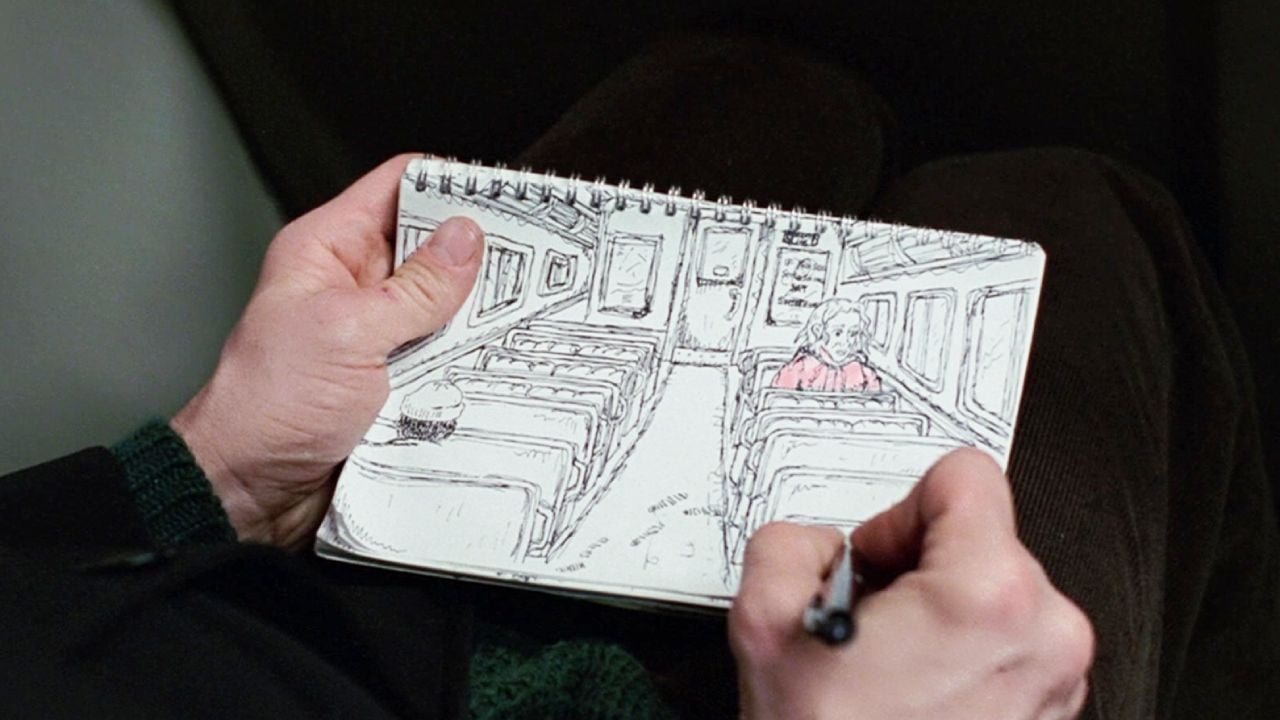This liquid can do more than you think, but sometimes it’s best not to use it.
Every cabinet comes with a spray bottle of window cleaner. When used as directed, it works wonders: Windows and mirrors are instantly clean, without the hassle of scrubbing away the streaks that other commercial cleaning products can leave behind. It’s no wonder you’re sometimes tempted to use the solution in other ways. According to professional cleaners, it’s not such a bad idea, but there are six exceptions: Here’s what you should keep window cleaner away from.
Article content
Hide









